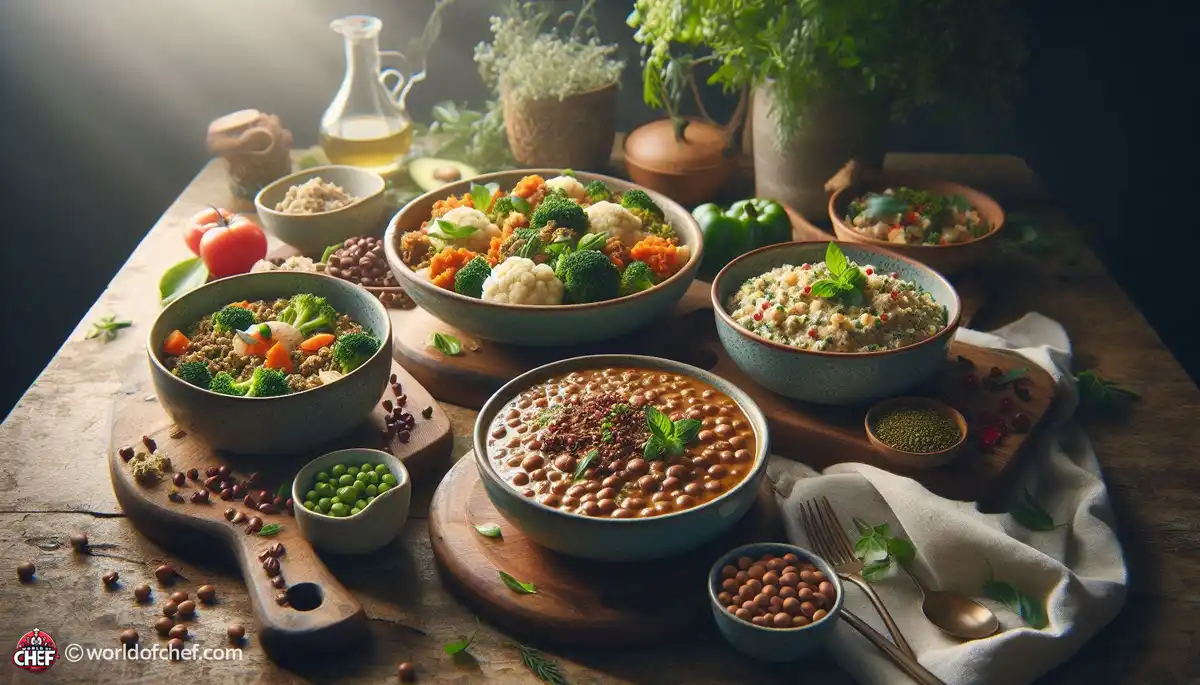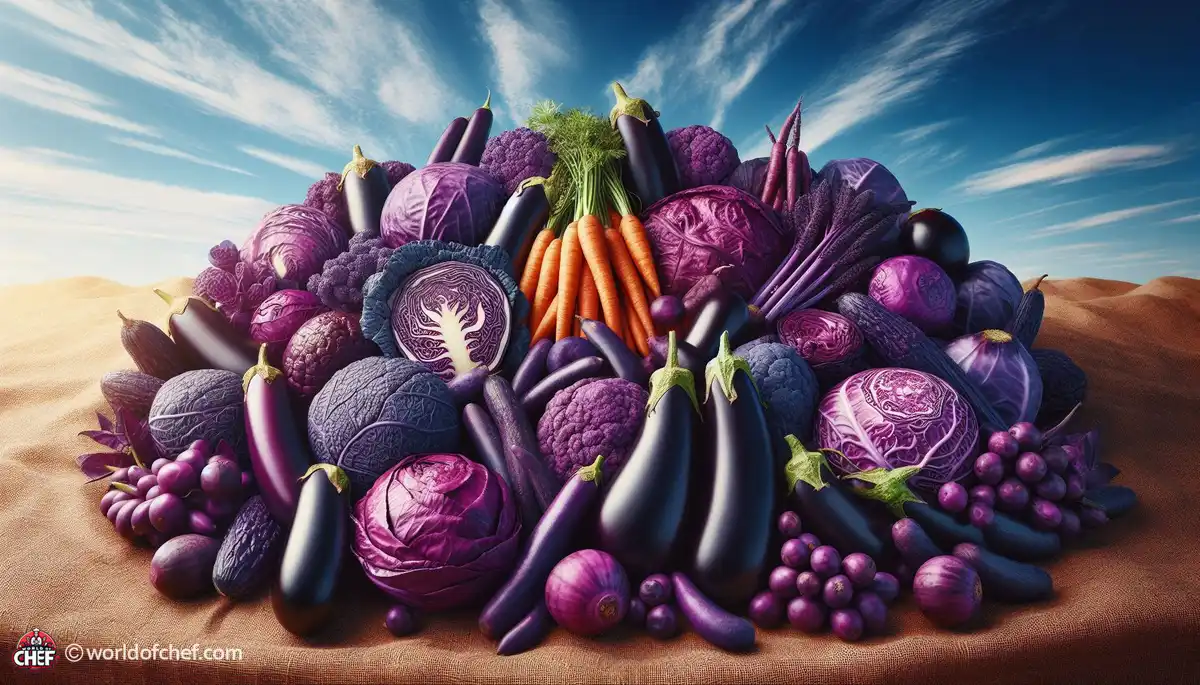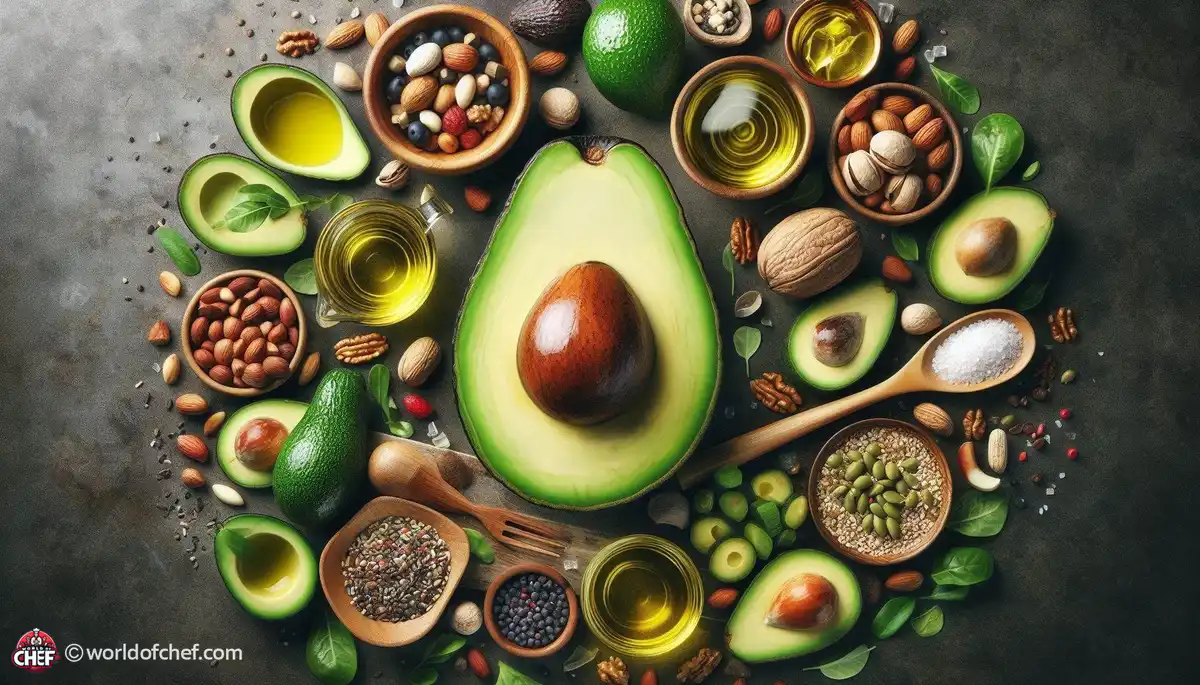
Dinner Delights: High-Fiber Recipes for Every Palate
Clarence Guido - Oct 7, 2024 - 7 min read


The purple color of such vegetables is due to an antioxidant called anthocyanin. Apart from this vibrant color, the anthocyanins offer a number of Health Benefits. Recent research has also discovered that anthocyanins have anti-inflammatory properties, which thereby reduce the risk of diseases like heart disease and diabetes. Include more purple vegetables in your diet, and this is certainly a tasty way to up your antioxidant levels, thereby enhancing your well-being in general.
Purple-colored vegetables are quite high in many essential vitamins and minerals. The vitamin C in purple potatoes may help with immune function and promote collagen formation. The purple cabbage is also full of vitamin K, which supports the health of the bone and blood clotting. Incorporating a range of purple vegetables into your meals can ensure you're providing your body with the full diversity of nutrients.
Purple vegetables are nutritious and low in calories, making them perfect for weight management. Most of the purple vegetables are also rich in dietary fiber that helps promote digestion and feeling full. Eggplants are a good source of fiber: one cup of them can provide about 3 grams. Adding more purple vegetables to your diet will satisfy you while supporting your weight management goals.
Recently, studies have been performed and show that there might be advantages of purple vegetables concerning the brain. Experts consider that antioxidants in those colorful vegetables will protect people from age-related cognitive impairment and enhance memory functions. Certain compounds found in purple vegetables have been linked with enhanced brain health. The most popular one is the compound called resveratrol in purple grapes. In this regard, inclusion of different varieties of purple vegetables in your diet might keep your brain sharp and function optimally as one ages.
One of the most simplest ways to enjoy your purple veggies is through salads and slaws. Slice thin those gorgeous purple cabbage or red carrots and have fun and use them together in colorful slaws or on salad mixtures, red onion pairs well with vinaigrette or a creamy dressing, sure thing about enjoying a healthy, yummy dish.
The roasted or grilled flavors of the purple vegetables could be quite enhanced by adding their natural sweetness. Roasting in the oven or grilling over the barbecue a mixture of eggplant, purple potatoes, and cauliflower tossed in olive oil with your choice of seasonings will bring out the very best results as a delectable side dish or a substantial main course to be very satisfying in the nutritional front.
You can also add the purple-colored vegetables in your comforting soups and stews for color and nutrient content. Purple sweet potatoes make your soups creamy and rich, while purple carrots bring a slight sweetness to them. You can experiment with different combinations of purple veggies to create hearty and flavorful soups perfect for those chilly evenings.
But to become more creative in the kitchen, you can think of some really creative sides and snacks using purple vegetables, like making crispy cauliflower bits if you have a bunch of purple cauliflower. You can have some purple Sweet Potato Fries. And it just depends on your imagination; the possibilities are endless for adding purple vegetables to your culinary repertoire.
Of course, while purple vegetables are certainly dramatic in color, it is also important to remember that a diverse diet rich in a rainbow of fruits and vegetables is the key to optimal health. Each group of colors offers its own set of vitamins, minerals, and phytonutrients, so aim to include a diverse range of produce in your meals. This will allow you to create delicious and well-fed dishes made of such a diverse colorful mix-in, such as adding purple with the greens, reds, yellows, and oranges.
The variety of vegetables in your supermarket or a farmers market will consist of healthy, smooth-skinned with vibrant-colored and firmness. Avoid any bruise or wilt, as this might mean the vegetables are overripe. Once you get your purple produce to your place, store them in the refrigerator in a perforated plastic bag. Most purple vegetables keep well for a few days so that you can enjoy their nutrients throughout the week.
As much as possible, opt for seasonal and locally grown purple vegetables that support sustainable agriculture and lessen your carbon footprint. For one, seasonal vegetables will probably be fresher and more flavorful. In addition, seasonal vegetables are less expensive. Try visiting your local farmers' market or getting into a community-supported agriculture (CSA) program to discover a wide variety of fresh and delicious purple produce grown right in your own region.
For the greenest fingered among you, having your own purple vegetables allows one to have the freshest in hand. You are neither limited by the lack of space in your big yard garden nor the petite area of your balcony or the like, for one finds plenty of options suitable to grow purple vegetables back in your own home. From purple beans and peas to eggplants and peppers, you will have an abundant supply of colorful varieties for your space and preference. You can also spend some quality time in the garden to relax and recharge. Tending a garden is considered a really rewarding hobby that keeps you in touch with nature and calls for general well-being.

Clarence Guido - Oct 7, 2024 - 7 min read

Lydia Timmerman - Oct 6, 2024 - 6 min read

Logan Trowbridge - Oct 6, 2024 - 7 min read

Wayne Tobar - Oct 4, 2024 - 8 min read